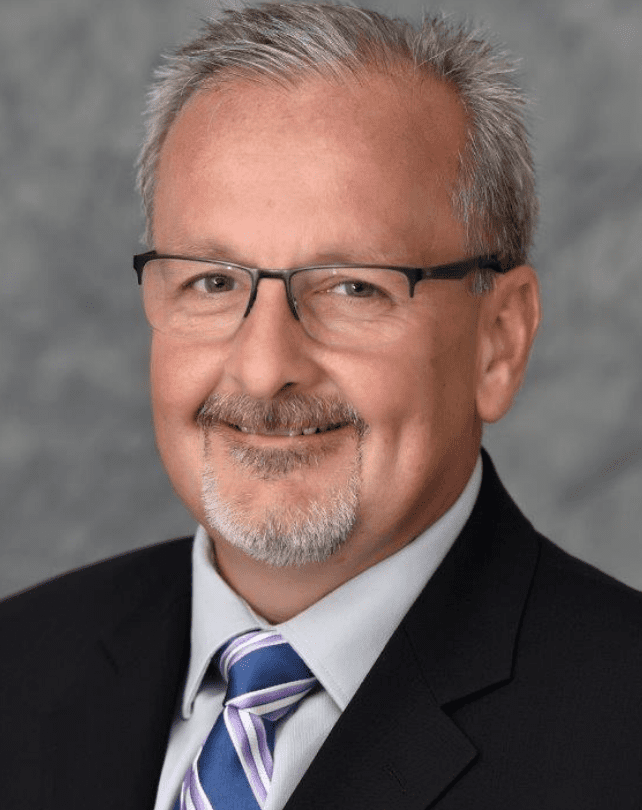Note, this is the second part of an interview with Mentor Graphics; for the first instalment go here.
For Siemens, Mentor Graphics’ software capabilities with chip and board design, particularly the latter, was attractive, as the German company sought to build its digital-twinning offer as a function of its software-based Industrie 4.0 portfolio. “That’s one of the elements Siemens was missing,” reflects Paul Musto, director of marketing for Mentor’s board systems division. “We’ve plugged right in.”
EDA has moved to ever-higher levels of abstraction, changing how electronic systems are designed and created. The discipline has paved the way for this new (‘fourth’) industrial revolution, essentially, by bringing ever-greater compute power to devices, and converging semiconductors and systems.
These system-on-chip (SoC) innovations, combined with application software, are a crucial differentiator for enterprises, bringing a competitive edge to their industrial operations, and a new opportunity for developers. Through Mentor, Siemens is playing at the crucible of embedded computing, at the core of the digital revolution – captured at the industrial coal face through its own Teamcenter PLM and MindSphere IoT platforms.

The idea is the data flows in a virtuous circle, informing every part of the industrial process, from original design, through intelligent operation, and back again – into the chip-level and board-level arrangements. In Siemens, Mentor plugs into much a larger fabrication portfolio, gathering data from all manner of industrial machines.
Data collected in the development of machinery and systems, and also during their operation, feeds back into the design process, raising at once manufacturing excellence, product performance, and operational output. It is a picture of digital transformation, in full swing.
“Siemens has some really cool technology in there, to emulate a factory with people and the whole nine yards. You start peeling back the layers, and you get to the product creation stuff, with fundamental elements of electrical design,” he says.
“Eventually all this transforms into a product. The vision is to tie it all together in a way you can use intelligence gathered at the manufacturing level.”
He adds: “We understand the fabrication rules, and we can utilise those to drive implementation of the electronics – so you reduce the number of iterations through the manufacturing process, and reduce the chance the design won’t be manufacturable when it hits the fabrication floor.”
There was a suggestion on the purchase that Mentor would be be assimilated into Siemens, and lost, and that its Calibre group would fade by degrees. At Eletronica 2018, both Rhines in the panel session and Musto in interview say the same, that Siemens has been a class act, making Mentor a valued part of its family of software businesses.
“When we were acquired, I just figured we’d get sucked up into this $90 billion company and just be floundering. But it has been nothing like that. It has acquired three or four companies since Mentor, and each one is handled the same way,” says Musto.
He adds: “The first week after the deal, we all flew out to Oregon, to the Mentor headquarters, and met with our peers across the division for a week, and started with synergy planning from an R&D perspective, for go-to market, the whole nine yards.”
Siemens’ early success as a digital change agent, transforming its own business in service of others’, is worth comparing with US firm GE, its longtime rival in the industrial market. “The future is digital,” GE chief executive John Flannery said this summer, before promptly putting its digital assets up for sale, as its share price continued in free-fall.
By contrast, Siemens is collecting software businesses like a industrial hobbyist after the full-set. Except, its vision is plain. “It is really serious about this from an investment perspective. Forget about what it spent on Mentor; it is investing across its entire company to pull this all together,” says Musto.
Since its deal for Mentor, at the start of 2017, Siemens has snapped up no fewer than eight nimble-looking software specialists. As well as tools for self driving cars and rail infrastructure, its expanded portfolio now counts related chip design outfits in the shape of Texas-based Austemper Design Systems and Saskatchewan specialist Solido Design Automation, both of which have been wrapped into Mentor.
Its most recent deal, $730 million for Massachusetts low-code application developer Mendix, is another feather in its glinting arrow shaft.
“Siemens is looking at the whole product development. Yeah, when I first heard about Mendix, you know… but then you start to understand – it is really powerful… Siemens is bringing it all together; it’s not just about electronics, machines and software [management platforms], but about designing the software applications, as well,” says Musto, making reference at the last to the Mendix capture.
Could a competitor of Siemens, like GE, go in for a competitor of Mentor, like Cadence or Synopsis? Siemens is too far ahead, anyway, suggests Musto, with a software business that has grown up around its twin purchases of Tecnomatix and UGS, in 2005 and 2007, respectively.
And it had the first choice to start when it entered the EDA space, too. “The pieces aren’t available to them,” says Musto. Mentor’s range and depth cannot be matched, he reckons. “What Siemens saw, which was really unique, was that Mentor was the only system focused company – with a systems business equivalent to its IC business.”
